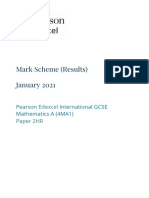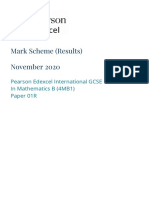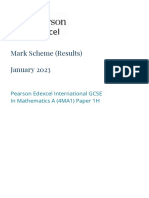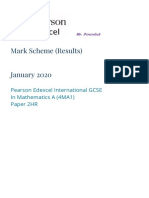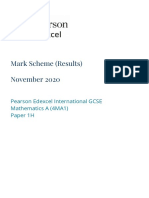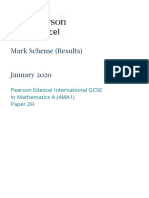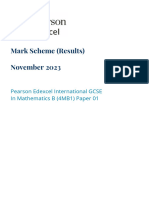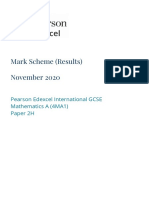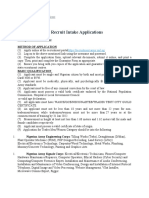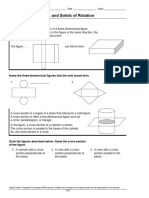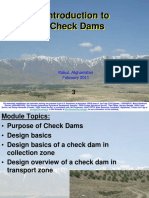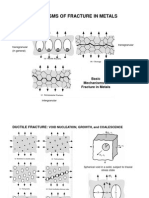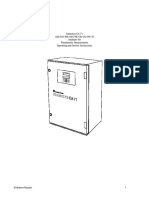0% found this document useful (0 votes)
23 views22 pagesMark Scheme (Results) Mock 1: Pearson Edexcel International GCSE in Mathematics B (4MB1) Paper 01
The document is a marking scheme for the Pearson Edexcel International GCSE Mathematics B (4MB1) Paper 01, detailing the general marking guidance and specific question marks. It emphasizes the importance of consistent and fair marking, rewarding candidates for their demonstrated knowledge while providing clear criteria for awarding marks. The document includes examples of questions and their corresponding marks, ensuring clarity in the assessment process.
Uploaded by
h.ahmed.shuvoCopyright
© © All Rights Reserved
We take content rights seriously. If you suspect this is your content, claim it here.
Available Formats
Download as PDF, TXT or read online on Scribd
0% found this document useful (0 votes)
23 views22 pagesMark Scheme (Results) Mock 1: Pearson Edexcel International GCSE in Mathematics B (4MB1) Paper 01
The document is a marking scheme for the Pearson Edexcel International GCSE Mathematics B (4MB1) Paper 01, detailing the general marking guidance and specific question marks. It emphasizes the importance of consistent and fair marking, rewarding candidates for their demonstrated knowledge while providing clear criteria for awarding marks. The document includes examples of questions and their corresponding marks, ensuring clarity in the assessment process.
Uploaded by
h.ahmed.shuvoCopyright
© © All Rights Reserved
We take content rights seriously. If you suspect this is your content, claim it here.
Available Formats
Download as PDF, TXT or read online on Scribd
/ 22






